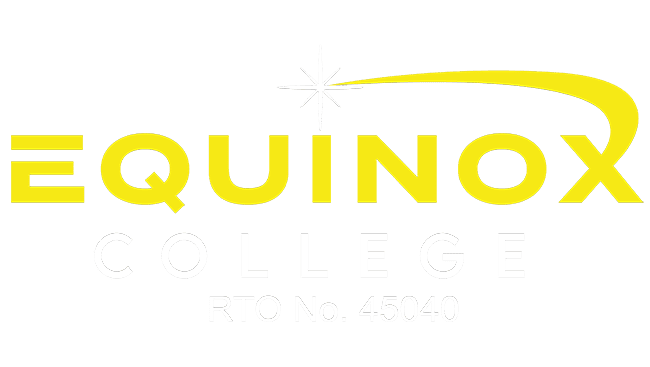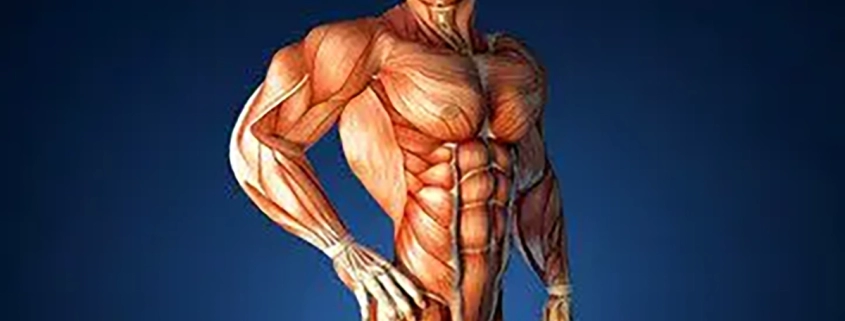Understanding the Human Body: The Importance of Anatomy and Physiology in Aged and Disability Care
Working with the elderly and people with disabilities requires a unique set of skills and knowledge. Among these, understanding anatomy and physiology plays a vital role in delivering optimal care.
Here’s why learning about the human body is essential for those specialising in these fields.
1. Individualised Care Planning
Understanding the basic structure and function of the human body enables care providers to tailor care plans to individual needs. For the elderly, age-related changes in the body’s systems might necessitate specific interventions. For those with disabilities, anatomical knowledge can guide in adapting physical environments, routines, and devices.
2. Injury Prevention
With knowledge of anatomy, workers can identify the limitations and vulnerabilities of the musculoskeletal system in both the elderly and those with disabilities. This understanding aids in the proper positioning, lifting, and movement techniques that can prevent injuries like falls or strains.
3. Rehabilitation Support For individuals recovering from injuries or surgeries, the understanding of physiology aids in designing effective rehabilitation programs. By knowing how muscles, joints, and systems function, workers can assist physiotherapists in creating exercises that promote recovery without causing additional harm.
4. Anatomy and physiology provide insights into the onset and progression of diseases commonly seen in elderly and disabled individuals, such as arthritis, osteoporosis, or neurological disorders. Understanding these processes enhances the ability to recognize symptoms early, monitor disease progression, and manage treatments effectively.
5. Enhancing Communication:Caregivers often act as intermediaries between medical professionals and their clients. Understanding medical terminology related to anatomy and physiology fosters clearer communication with healthcare providers, ensuring that the care instructions are properly understood and implemented.
6. Empathetic Approach: A deeper understanding of human body functioning fosters empathy. Caregivers can more fully appreciate the physical challenges faced by the elderly or those with disabilities, resulting in a more compassionate approach to care.
Conclusion: Learning anatomy and physiology is not merely an academic exercise for those working with the elderly and people with disabilities. It’s a foundational aspect that informs every part of the care process, from assessment to daily living assistance, disease management, and beyond. By investing in this knowledge, caregivers can provide more thoughtful, individualized, and effective care, ensuring that those they support lead lives of quality, dignity, and fulfillment. Whether a professional in the field or a family caregiver, understanding the human body’s complexity aids in making informed, compassionate decisions that truly make a difference.





Leave a Reply
Want to join the discussion?Feel free to contribute!